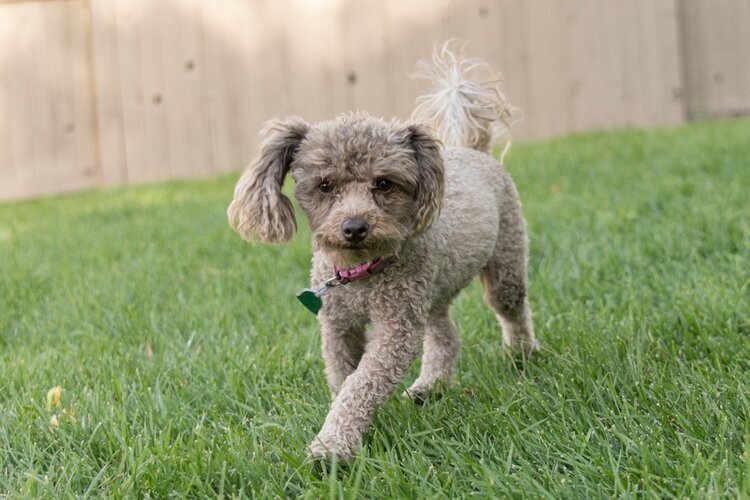How Often Should I Walk My Puppy?
Having a puppy is a handful, and there’s lots of things that you need to know – especially when it comes to walking and exercising your puppy. In this article I’m not just going to tell you how often you need to walk your puppy, but also how long the walks should be depending on the age and breed of your puppy.
When can you start?
First of all, when can you start walking your puppy? You need to wait two weeks after your puppy’s final vaccination booster, which means your puppy would be around 16-18 weeks old.
This is to ensure that your puppy will be protected, because their developing immune systems make them more susceptible to viruses which they can catch from going outside (such as distemper and parvo).
While you’re waiting for your puppy to be able to go outside, you can help them get their needed exercise simply by playing with them, or there are puppy training/social classes. This is ideal if you only have one puppy, so that they can start socializing with other dogs as early as possible. Also on top of that I recommend dog training books which will give you even more useful tips on things like socializing your puppy.
How often and how long?
Now that you can walk your puppy, to figure out how often you should walk them you need to take some things into consideration: what is your puppy’s energy level, both mental and physical, and what breed of dog is your puppy.
Your puppy will need to be let outside many times throughout the day to use the bathroom, but you should be going out for short walks at least once or twice a day. Every puppy has different limits, perhaps you happen to have an extremely high-energy pup for example.
Now, let’s look more specifically at exactly how long you can walk your puppy depending on their age.
On average, you should walk your puppy at a ratio of five minutes per month of age. This means that at three months, you take them for a walk for 15 minutes a day. When your puppy is six months old, you can walk them for a total of 30 minutes a day. You can choose to split this into two or three walks, or do it all at once – again, remember, this depends on the individual puppy.
Australian shepherds need longer walks than pugs, and border collies need more mental stimulation than other dogs. Bigger dog breeds, such as St. Bernards and Great Danes, shouldn’t be taken on long walks until they’re at least eight months old, but they do need several short walks. This is because the bones and joints of larger breed puppies take longer to mature than those of smaller dog breeds.
Don’t overdo it
Be sure not to force your puppy to do too much exercise, because overexerting him or her could potentially damage their developing joints. Slow and steady walks are necessary to build strong muscles, so don’t rush your puppy either.
Letting your pup play with other puppies is fine, but you shouldn’t really let him run around with adult dogs, because he will try to keep up with them.
Also, you shouldn’t take your puppy running because that level of activity is just too much for them.
Never exercise your puppy on a full stomach after eating because this can cause bloating, and you need to make sure your puppy has the time to take plenty of naps throughout the day.
As you increase the amount of time you are on walks, make sure you do it gradually, and don’t go out for walks during the hottest or coldest parts of the day.
Consistency is really important, so if you take your 4-month-old puppy out for 20-minute walks, but you split it in half and take him for two 10-minute walks a day, keep this up and avoid changing routine.
AUTHOR: David Gray
David is a long time dog lover since he can ever remember, he runs his own blog over at Dog Desires where he shares tips and advice for everything imaginable about dogs.

